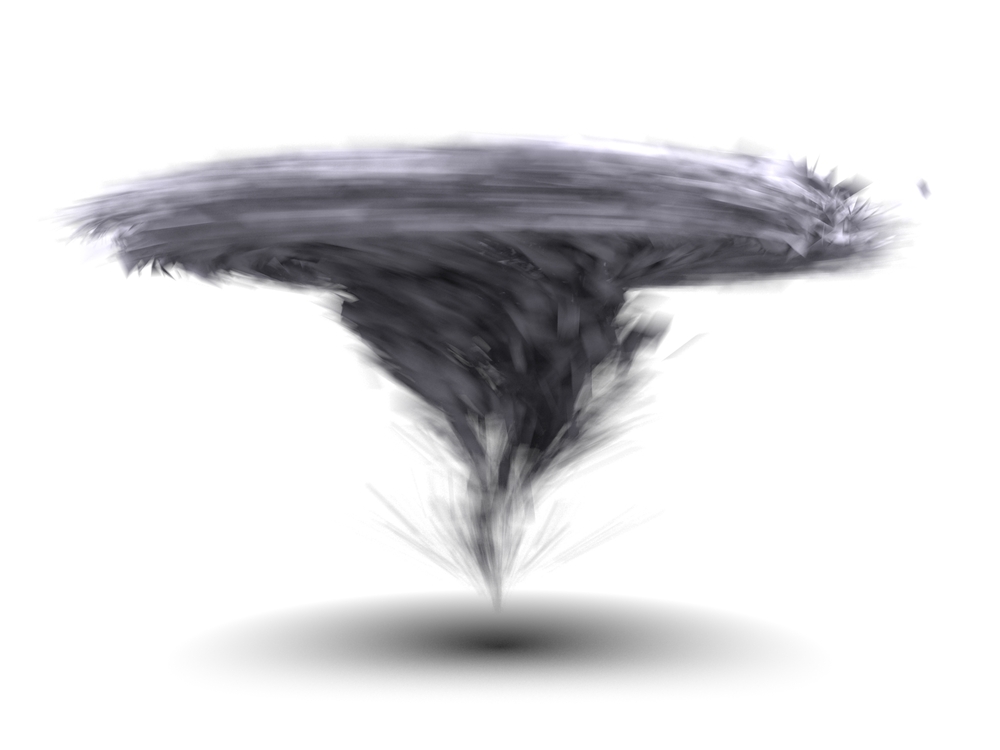The Fed Decision Will Likely Dictate the Official Spin

Please note that we are not authorised to provide any investment advice. The content on this page is for information purposes only.
The US dollar trades narrowly mixed to start what could be a pivotal week. The week has two parts: before and after the FOMC meeting. Before the meeting, we expect broad consolidation, with a modest downside bias in the dollar, as some of the late longs (established after the August 24 frenzied sell-off) shake out by either the loss of momentum or lack of conviction that the Fed will hike this week.
The US dollar trades narrowly mixed to start what could be a pivotal week. The week has two parts: before and after the FOMC meeting. Before the meeting, we expect broad consolidation, with a modest downside bias in the dollar, as some of the late longs (established after the August 24 frenzied sell-off) shake out by either the loss of momentum or lack of conviction that the Fed will hike this week.
A Bloomberg poll found 49 of 90 economists surveyed still expect a hike this week. However, as we have noted, the pricing of various market instruments suggest that market participants see a considerably lower risk.
Expectations are that dovish reassurance accompanying a Fed hike that the normalization would be gradual and the peak in the Fed funds rate would be well below the past peak. In addition, the opposite may be true. If the Fed does not raise rates, official spin may be more hawkish. Yellen may stress that a rate hike this year is still the most likely scenario. Outside of giving up on the possibility of two hikes this year, the FOMC’s dot plots may not show much a change in the fundamental assessment. True to its seemingly systematic bias, the Fed appears to be underestimating decline in the unemployment rate, but overestimating the increase in price pressures.
Another important point that the Fed’s leadership has emphasized is that a rate hike is not going to produce tight monetary conditions. Rather monetary policy will shift from being extremely easy to just very easy.
The Australian dollar is the strongest of the major currencies today, gaining about 0.4% against the US dollar. The market has shrugged off the latest political developments. Australia’s Prime Minister Abbott is facing a last minute leadership challenge later today by former Communications Minister Turnbull. This is the second leadership challenge this year. In February, Abbott pleaded for six months to turn the economic situation around. A national election will be next year, and polls show the Abbott’s Liberal Party losing handily.
The is a special election in Western Australia that was thought to be a litmus test for the Liberals, but Turnbull and is allies cannot wait. Polls suggest that the Liberals will likely hold on to the seat that opened by the passing of a Liberal MP. This is part of the internecine struggle in the Liberal Party. Turnbull had led the Liberal Party until Abbott forced him out in 2009. Yet with the terms of trade shock and the weaker economy, Abbott has seen his support fade. Turnbull is three times more popular with the voters than is Abbott. There does not appear to be a significant programmatic difference. It seems mostly about personalities, ego, and style. For its part, the Australian dollar has extended last week’s gains. The $0.7150 area is the nearby cap, but potential extends toward $0.7200.
Weakness in the Japanese shares and slippage in US 10-year yields gave foreign exchange participants a handy excuse to sell dollars for yen around near the convergence of the 20- and 200-day moving averages (~JPY120.73-JPY120.82). In addition to support ahead of JPY120, a trend line that may offer support that comes in near JPY119.85. Then there is a retracement target near JPY119.55. The BOJ meets tomorrow. Although some see the risk of new measures by the BOJ, we are less sanguine.
The euro also extended last week’s gains, but the buying dropped up near $1.1370, ahead of the technical target near $1.14. The news stream largely focused on the refugee challenge. July industrial output figures were stronger than expected, with a 0.6% rise on the month for a 1.9% year-over-year gain. The year-over-year increase is the best since March, and the monthly gain was twice the consensus forecast.
Sterling is firm. The market seems to have completely ignored the selection of Corbyn to head the Labour Party, and possibly for good reason. First, with the Tories winning an outright majority earlier this year, who heads up the main opposition party, is not particularly relevant for the outlook for UK policy. Second, before the next national election, there could be a new Labour leader. Third, it would seem to increase the likelihood that the next Prime Minister is not Labour but Osborne, who will not seemingly charismatic, has won confidence in the handling of the economy.
A close above $1.5460 would lift the tone. BOE’s Weale has flashed his hawkish credentials, warning of the importance of a rate hike “relatively soon.” There are several important UK data points that report this week, including inflation, retail sales, and employment. The BOE hawks do not seem concerned that headline inflation is likely to slip back to zero, or that producer price deflation will deepen, or that retail sales expect to be soft.
Rather the hawks are focusing nearly exclusively on wage pressure. Average weekly earnings on a 3-month year-over-year metric, are expected to have ticked up in July to 2.5% and 2.9% headline and excluding bonuses respectively. This represents a 0.1% increase from June.
Big Week is off to a Slow Start is republished with permission from Marc to Market




